20 Solar Energy Statistics in the UK: 2025 Update
-
Pete Ortiz
- Last updated:
Note: This article’s statistics come from third-party sources and do not represent the opinions of this website.
Record-high energy prices fuelled by the war in Ukraine, combined with an ongoing pledge to reach carbon neutrality by 2050, have seen interest in solar power increase more than ever. Solar panels themselves have become more efficient, while installation costs have reduced.
It isn’t all good news for the solar industry: feed-in tariffs, which rewarded homeowners for generating renewable electricity even if they used the power themselves, have been replaced by the Smart Export Guarantee, which only pays for surplus electricity generated and is not as generous.
Solar power currently produces 25% of the UK’s renewable energy, which itself accounts for 43% of total energy, which means that approximately 11% of the nation’s power comes from solar.
Below are 20 solar energy statistics from the UK market, including data on the current and proposed capacity for residential, commercial, and national installations.
Click below to jump ahead:
The 20 Solar Energy Statistics in the UK
-
- 43% of the country’s power comes from renewable sources, including solar.
- 28% of the UK’s renewable energy is solar.
- Solar panels would need to cover 12% of the UK to power the whole country.
- The first quarter of 2022 saw a 22% increase in solar generation compared to 2021.
- More solar panels were installed in 2021 than in the previous 5 years combined.
- Solar power capacity is expected to increase 500% by 2030.
- Solar installation costs have dropped 70% since 2010.
- There are approximately 500 solar farms in the UK.
- The UK’s largest solar farm is Shotwick Solar Park in Flintshire, Wales.
- A commercial solar panel costs approximately £50,000 for a small to medium business.
- The county of Cornwall is home to 8,000 solar sites and is considered the solar county.
- Approximately a million UK homes have solar panels.
- 61,000 homes had solar panels installed in 2021.
- A typical home solar installation costs £6,500.
- It takes approximately 8 years to recoup the costs of a solar panel.
- 70% of new homes in Scotland include solar panels.
- 10% of homeowners are considering buying solar panels in the next year.
- 65% of people would be likely or very likely to buy a home with solar panels.
- 61% of residents would buy solar panels if money was no object.
- UK interest in solar panels soared in August 2022.

Solar Generation
1. 43% of the country’s power comes from renewable sources, including solar.

(National Grid)
The UK government has set a target to have net-zero emissions by the year 2050 and net-zero electricity production by 2035. Currently, 43% of the country’s electricity production comes from renewable sources. Renewable sources include wind, solar, hydroelectric, and bioenergy. 2020 marked the first year when renewable sources produced more energy than fossil fuels or non-renewable, but there is still some way to go.
2. 28% of the UK’s renewable energy is solar.
(National Grid)
Solar is one of four primary types of renewable energy that the UK is targeting. Wind, which includes both on-shore and off-shore production, is the biggest renewable energy source. Solar power is seasonal and while 1.8% of the country’s renewable energy came from solar in the last quarter of 2021, it accounts for 25% of annual renewable energy.
3. Solar panels would need to cover 12% of the UK to power the whole country.
(The Eco Experts 1)

To generate enough electricity to power the whole of the UK, the country would need nearly 30,000 square kilometres of solar panels. This is roughly equivalent to 12% of the whole of the UK being covered in solar panels.
4. The first quarter of 2022 saw a 22% increase in solar generation compared to 2021.
(gov.uk)
Most renewable generation ebbs and flows according to weather and other environmental factors, whether it is wind power or hydroelectric. Solar is also prone to changes in a generation according to the weather. Record-breaking sunlight and clement weather conditions saw a 22% increase in solar generation during the first quarter of 2022 compared to the same period in 2021. The increase was helped a little by a 2.2% increase in installed capacity.
5. More solar panels were installed in 2021 than in the previous 5 years combined.
(The Eco Experts 2)
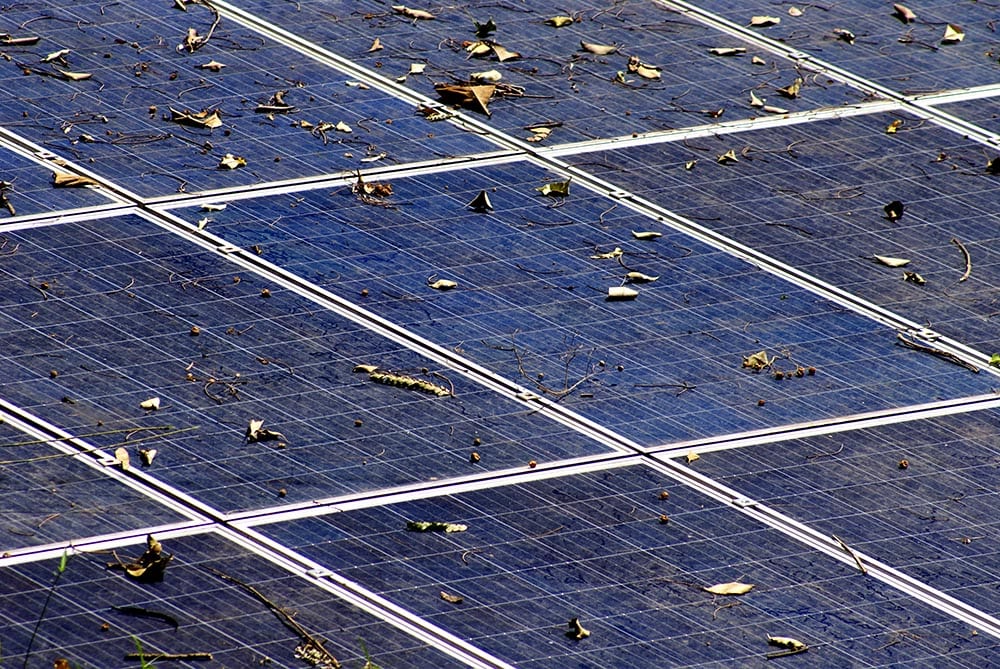
Solar panels have become more affordable and the technology more efficient in recent years. This, coupled with sky-high energy prices, has led to more homes having their solar panels installed on their roofs. In 2021, there were more home panels installed than in the previous 5 years, 2016–2020, combined.
6. Solar power capacity is expected to increase 500% by 2030.
(National Grid)
There is a limit to the maximum solar energy capacity achievable in the UK. However, solar generation could increase from its current 14 gigawatts to a much higher 70 gigawatts by 2030, assuming uptake continues at a similar rate.
7. Solar installation costs have dropped 70% since 2010.
(The Switch)
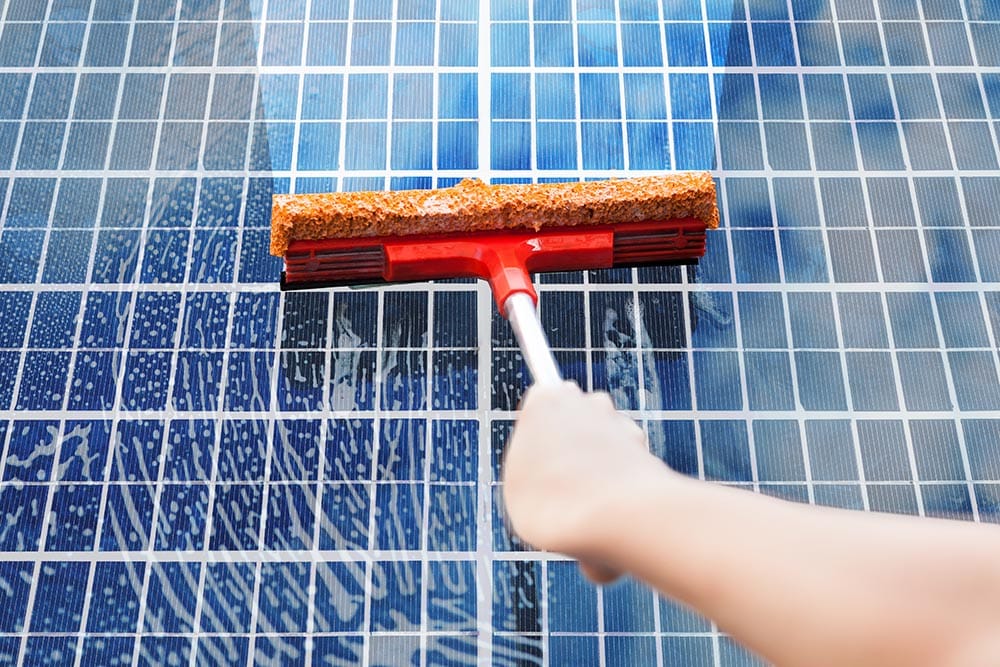
There are grants and incentives available for UK homeowners that have solar panels installed on their homes, although these are prone to change. The cost of manufacturing panels has also reduced considerably in the past few years. In fact, the cost of solar panel installation has dropped 70% since 2010. A typical installation still costs thousands of pounds, but homeowners can recoup these costs in energy savings over several years.
8. There are approximately 500 solar farms in the UK.
(Deege Solar)
As well as installations on residential roofs, solar farms are large installations owned by private companies and energy firms. These tend to be very large and can generate dozens of megawatts of electricity. There are approximately 500 solar farms across the UK, with most found in the sunnier Southern half of the country.
9. The UK’s largest solar farm is Shotwick Solar Park in Flintshire, Wales.
(Deege Solar)
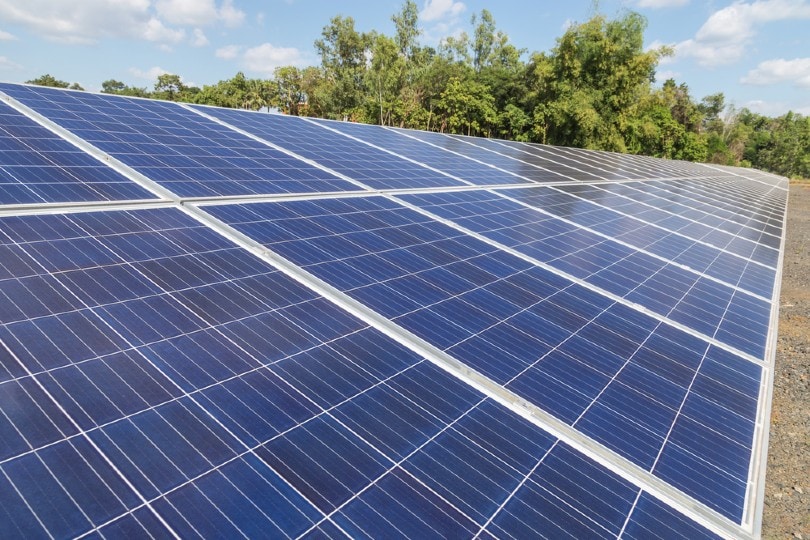
Shotwick Solar Park, in Flintshire, Wales, is the UK’s largest solar farm. It opened in 2016 as a collaboration between We-Link Energy and Compton Group and feeds local private infrastructure with 72.2 megawatts of power. It takes up 250 acres of land and a solar farm of this size has the capability to power approximately 20,000 homes.
10. A commercial solar panel costs approximately £50,000 for a small to medium business.
(Green Match)
Businesses can also benefit from solar panel installation, although while a home system costs around £6,500, a business can expect to pay, on average, £50,000 for solar panel installation. While homes tend to use most of their power in the evening, businesses operate during the day, which means that solar power is ideal for them.
Residential Solar Power
11. The county of Cornwall is home to 8,000 solar sites and is considered the solar county.
(The Eco Experts 1)

Cornwall is considered the best county for solar power. The county sees a lot of sunshine over the year. Despite this, it has reasonable temperatures: solar firms say that 25°C is the optimal temperature for solar panel operation any higher than this can cause the panels to operate at lower efficiency. There are more than 8,000 solar sites in Cornwall.
12. Approximately a million UK homes have solar panels.
(The Switch)
There is no official register of homes with solar panels, so it is impossible to know precisely how many homes have them, but most experts and groups agree that there are more than 900,000 homes with solar panels. The figure is likely to be closer to or exceeding, 1 million. This is an impressive number but is only equivalent to just over 3% of total households.
13. 61,000 homes had solar panels installed in 2021.
(MCS Certified)
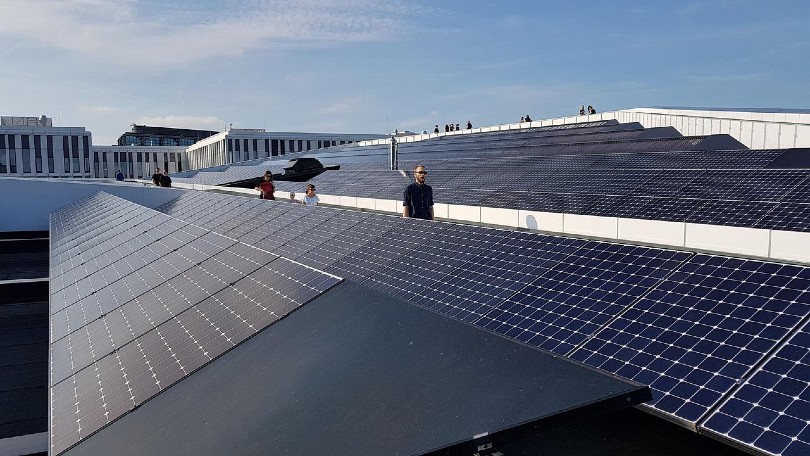
Uptake is increasing rapidly, although it was impossible to have panels installed during some lockdowns in 2020 and 2021. Despite these limitations, in 2021, 61,000 homes had new solar panels installed in 2021 alone. This includes solar photovoltaic and solar thermal panels: thermal panels do not strictly generate electricity but can be used to warm water supplies and generate warmth via warm water heating systems.
14. A typical home solar installation costs £6,500.
(Money Saving Expert)
Cost is one of the biggest factors that prevent homeowners from having solar installed. While costs have reduced over the past years, solar panels still require a significant investment. It is estimated that an installation will cost between £5,000 and £10,000 with a typical home having to fork out £6,500.
15. It takes approximately 8 years to recoup the costs of a solar panel.
(Money Saving Expert)
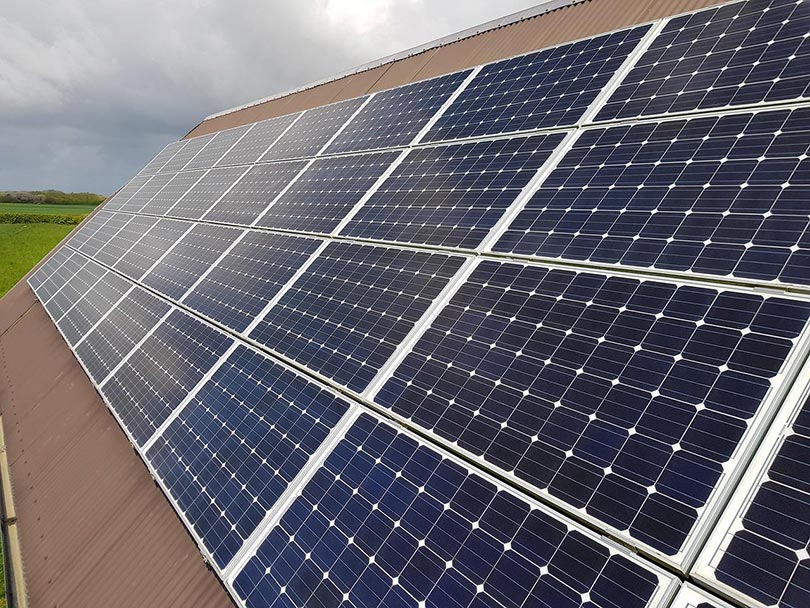
Solar panels have a life expectancy of up to 25 years and they save money on electricity every single year, even those years that are not record-breaking. While it can cost up to £10,000 to have a system installed, the cost of installation and maintenance will have been recouped within 8 years thanks to lower electricity expenditure.
16. 70% of new homes in Scotland include solar panels.
(Inside Housing)
The UK government has put new schemes in place that require new homes to meet certain renewable targets, although there is no specific requirement for new builds to have solar panels. Separately, Scotland introduced similar rules in 2016 and has seen significant gains in solar tile use. In 2016, 10% of new homes in Scotland had solar panels. In 2021, 70% of new homes included them.
Solar Sentiment
17. 10% of homeowners are considering buying solar panels in the next year.
(The Eco Experts 1)
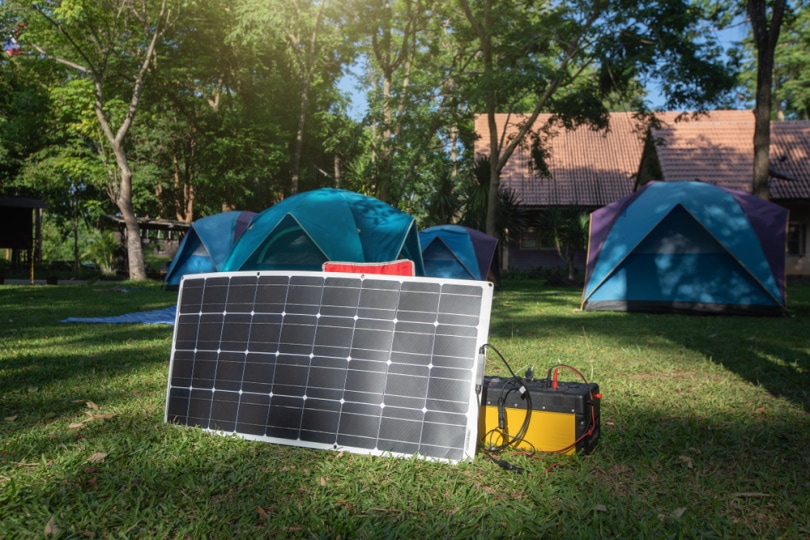
The initial cost of a solar panel is still a major factor in whether people buy them or not. One in ten people said that they plan on buying solar panels within the next twelve months. This compares to 17% of respondents that said they would be buying an electric car in the same period.
18. 65% of people would be likely or very likely to buy a home with solar panels.
(The Eco Experts 3)
Solar panels were once considered a negative factor when buying a home. Buyers believed that homes with solar panels would have higher maintenance requirements and had more to go wrong with them. Sentiment has changed with one survey suggesting that they would be likely or very likely to buy a home that had solar panels installed. Only 7% said they were unlikely or very unlikely to do so.
19. 61% of residents would buy solar panels if money was no object.
(The Eco Experts 3)
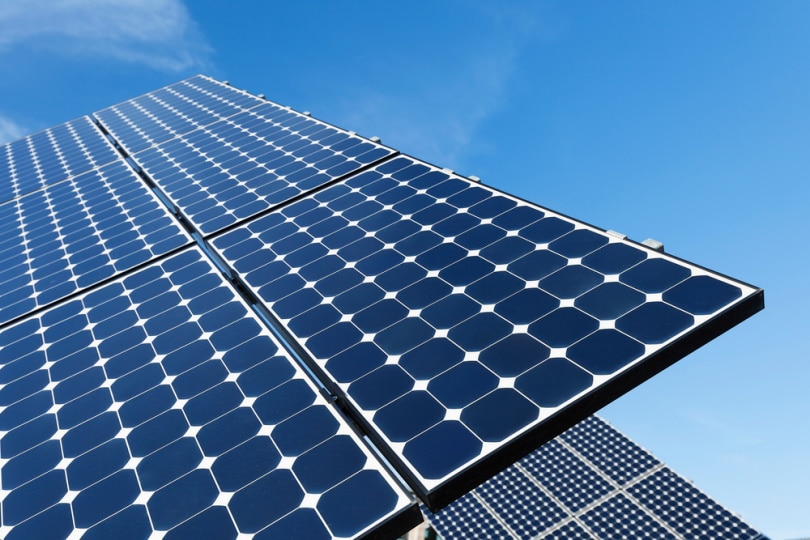
If money were no object, 61% of respondents said that they would buy solar panels for their homes. They were the second most popular item, after electric cars. 39% said that they would have a heat pump. The millennial generation was the generation that was most likely to say that they would buy solar panels.
20. UK interest in solar panels soared in August 2022.
(Solar Power Portal)
2022 has seen energy prices in the UK escalate considerably, driven by the war in Ukraine and the fallout from the West’s sanctions on Russia and its businesses. August 2022 saw a serious spike in the number of people searching Google for the term “solar panels UK”, highlighting that people are at least considering them a viable option for their homes.
 Frequently Asked Questions
Frequently Asked Questions
Is the UK good for solar energy?
Despite the UK having a reputation for being gloomy and wet, it has decent conditions for solar energy production. However, south-facing roofs with a 40-degree angle are those that will generate the best solar production rates. While the UK doesn’t have the same high temperatures as other European countries, solar efficiency is determined by sunlight and not temperature, and the UK enjoys similar sunlight levels to areas of Germany, France, and Spain. (Rent Round)
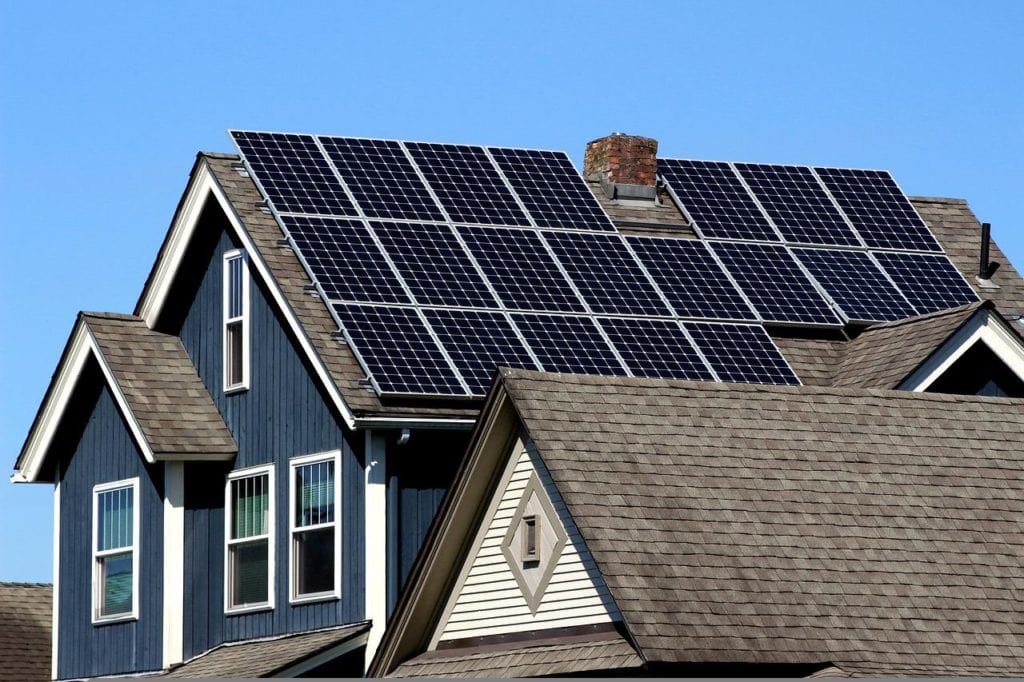
How many solar panels do I need to power a house?
The size of the house, how much electricity you use, when you use it, and factors such as whether you work from home and whether the property is insulated ultimately determine how many panels you will need to fully power a house. Typically, a home would need 12–15 solar panels, and you will need a storage system that will retain excess energy for use during the winter months when there is less sunlight. (OVO Energy)
What are solar thermal panels?
Solar thermal panels are not used to generate electricity and they won’t power appliances or equipment in your home. They can heat the water in your home, though, which negates the need to pay for electricity or gas for your central heating or hot water system. Fewer solar thermal panels are usually required on a house, less maintenance is required because there are fewer parts, and the panels themselves cost less than photovoltaic tiles or PV panels. (Home Building)
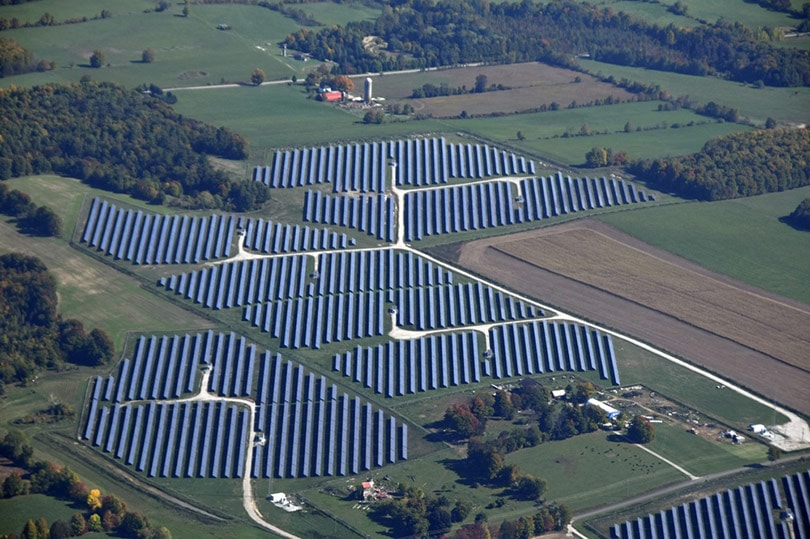
Do solar panels work in winter?
Solar panels work whenever there is some daylight, and that daylight can get to the solar panels on your roof, regardless of the season. However, the days are shorter in winter with fewer daylight hours, and because the sun is lower in the sky, solar panels are exposed to less sunlight. So, solar panels do work in winter, but they will not generate as much electricity as they do in summer. (EON Energy)
Does rain affect solar panels?
Rain can reduce the efficiency of solar panels because the sky is overcast and some sunlight is prevented from reaching the solar tiles. However, some sunlight does still get through and will generate electricity, and the rain can also benefit panels because it will wash away dirt and debris. (EON Energy)
Conclusion
With the aim of net-zero electricity production by 2035, and with rapidly increasing energy bills, there is more attention than ever on solar energy in the UK. Above, you will find 20 statistics related to solar production, including the costs of installing solar panels on your home, as well as some predictions for the future of this renewable energy source.
Featured Image Credit: Piqsels
Contents



